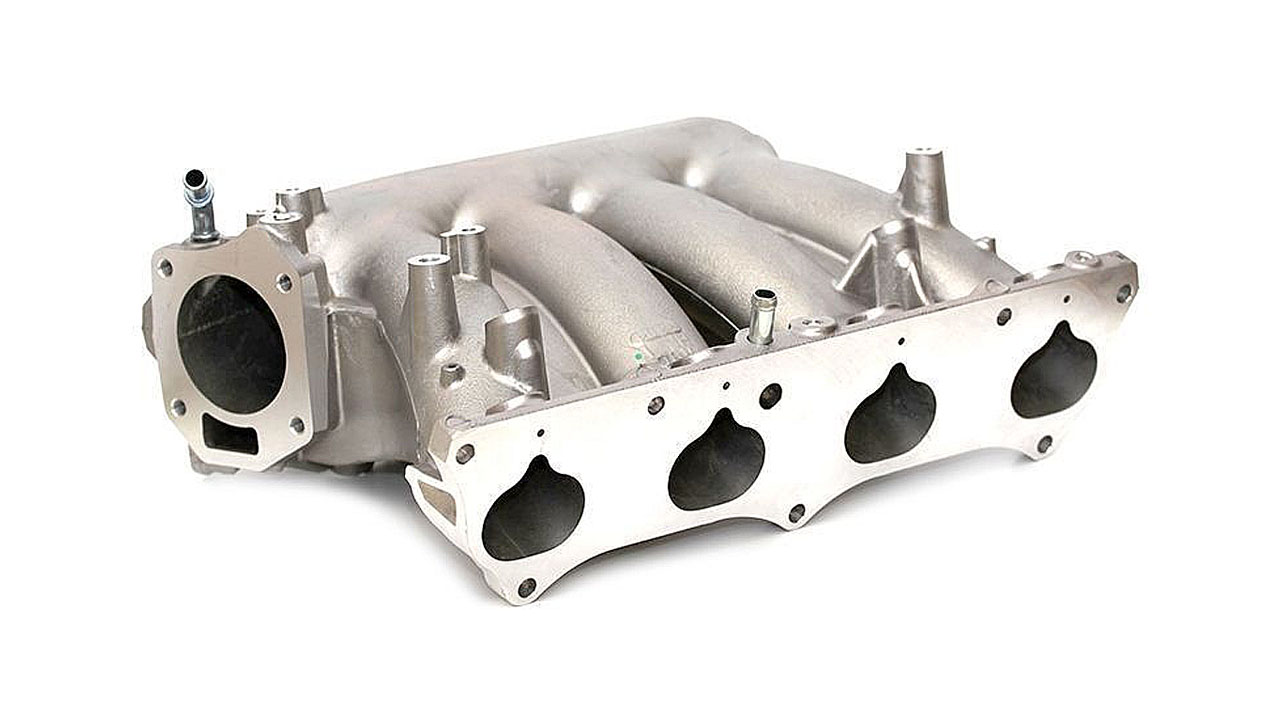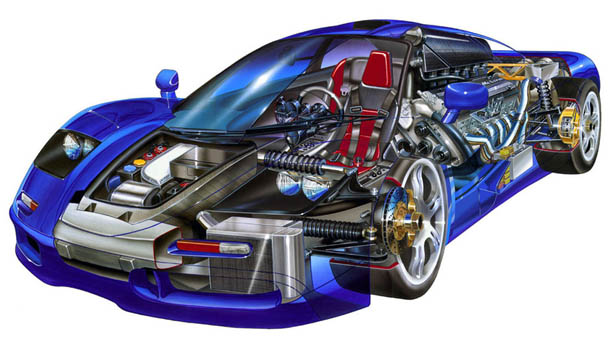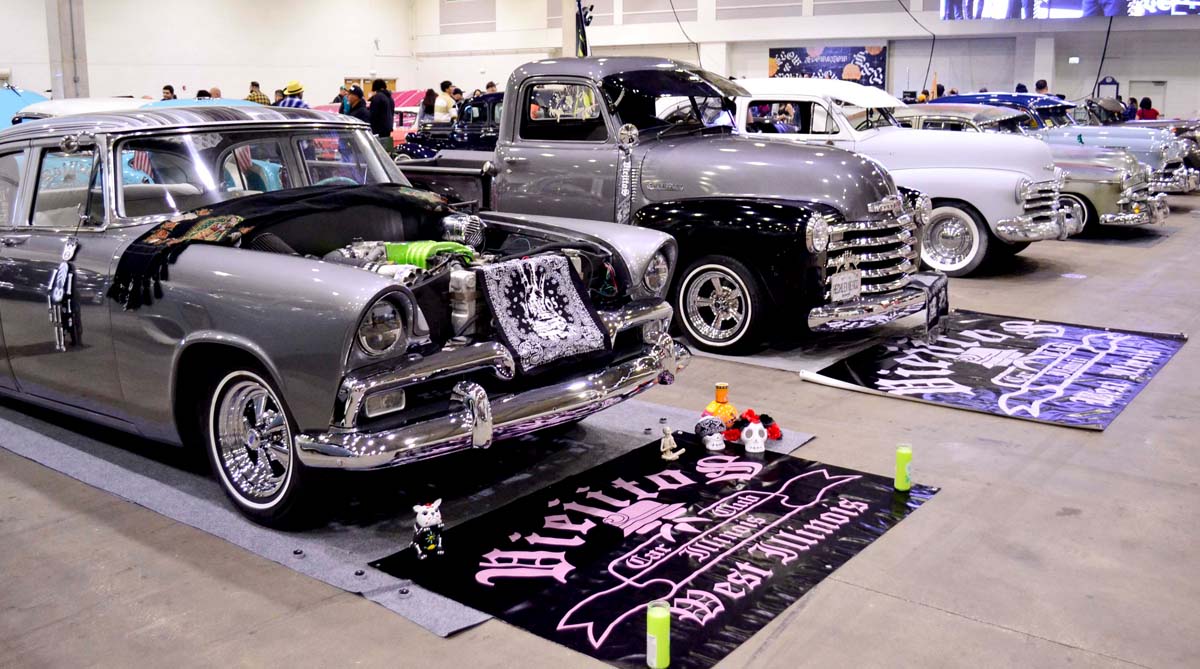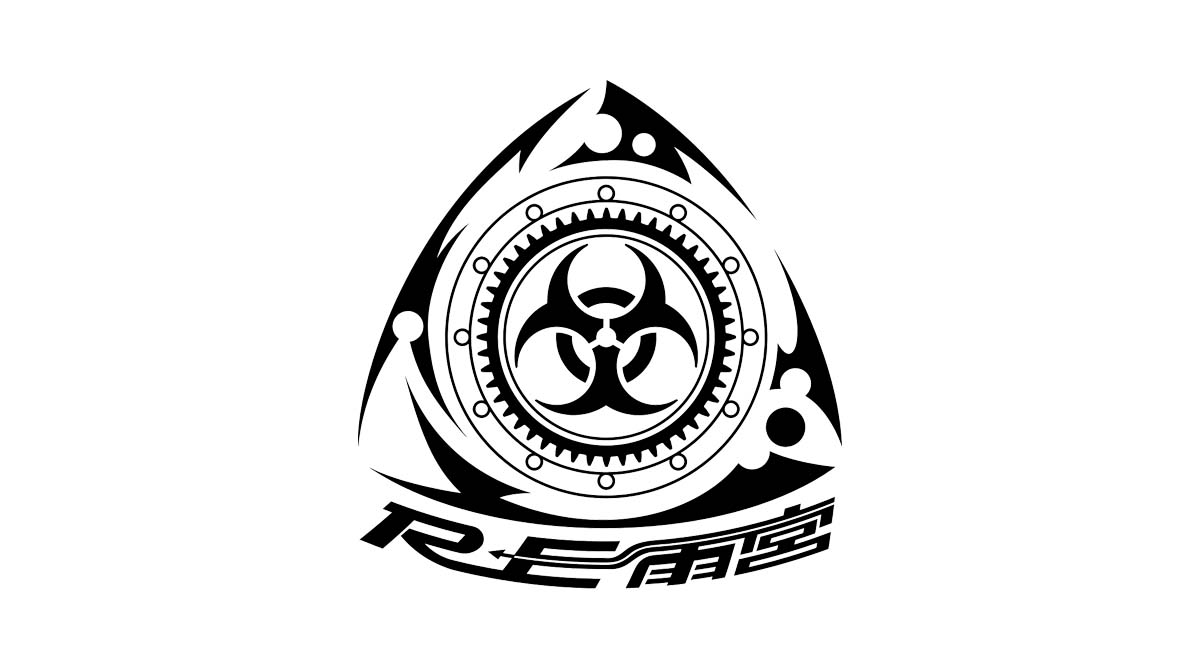Engine tuning and related powertrain component modifications are the next step after upgrading suspension, brakes, and reducing vehicle weight. Experienced racers turn to engine tuning when they have already improved the vehicle's performance characteristics, but the base engine power is still insufficient. The main phases of modifications are discussed below.
ENGINE TUNING, ECU, INTAKE/EXHAUST
- First Stage
Includes adjusting ignition and valve timing, as well as installing a thinner cylinder head gasket. This allows for increased peak power while maintaining it at low revs.
- Second Stage
Involves replacing the pistons and machining the cylinder head to increase the compression ratio. Combined with camshaft replacement, valve polishing, and installation of stiffer valve springs, this engine tuning stage further increases RPM and power compared to the first stage.
- Third Stage
Consists of lightening the valves, increasing valve overlap, and installing a high-profile camshaft. This strictly racing-oriented tuning aims to achieve maximum power at the expense of raising the operating RPM.

- Rev limiter tuning
A special plug or restrictor installed in the air intake restricts oxygen flow to the engine, intentionally limiting power. This modification can be useful for vehicles whose power does not comply with racing regulations.
- ECU / ECM
Replacement of the engine's electronic control unit with a sport analog. By altering ignition timing, valve timing, air-fuel mixture composition, and injected fuel volume, both power and torque noticeably increase.

- Racing intake
This modification aims to improve air intake into the engine. It includes the installation of low-resistance air filters and porting of the intake manifold. Although it does not lead to a significant power increase, it helps eliminate design deficiencies in the engine.

- Equal-length exhaust manifold
The main feature of this modification is the carefully calculated lengths of the pipes leading to different valves. This reduces the resistance caused by overlapping exhaust valve phases, resulting in improved intake and torque.

EXHAUST
- Sport exhaust
This solution allows for more efficient exhaust gas evacuation compared to the stock counterpart. Turbocharged engines benefit the most from this installation. Additionally, it enhances the engine sound, making it more dynamic. For naturally aspirated engines, this modification increases torque at high RPM.
- Semi-racing exhaust
A system made of stainless steel with individual titanium components, designed for semi-professionals. It is oriented towards high RPM, so it is recommended for vehicles with turbocharged engines generating a large volume of exhaust gases. On naturally aspirated engines, this modification leads to a reduction in low-end torque.
- Racing exhaust
A straight-through exhaust system installed in high-revving race cars. It increases power at the expense of low-end torque, so it should only be used in combination with other modifications, especially for naturally aspirated engines.

- Sport catalytic converter
Not only does it clean the exhaust from carbon monoxide and nitrogen oxides, but it also reduces the resistance of the exhaust system, significantly decreasing power loss even if the other components of the system remain stock.

TURBOCHARGING
- Low RPM
Includes a compact turbine that increases torque at low RPM. It doesn't provide a significant power increase but also doesn't cause a noticeable decrease in traction.
- Medium RPM
Designed for medium RPM range between 3000-5000 RPM. It is not effective at low RPM, but as speed increases, the influence of the turbocharger becomes more noticeable.
- High RPM
Optimized for achieving maximum power. It is useful on tracks with long straight sections, in acceleration tests, and drag racing over a distance of 400 meters. It is ineffective on short tracks due to turbo lag at low RPM. This kit cannot be installed on a vehicle equipped with a supercharger.

- Supercharger
Used on engines with low and medium operating RPM. Unlike turbocharging systems, a supercharger does not suffer from lag and increases torque even at low RPM, allowing for efficient operation on technical tracks.
On the other hand, it loses efficiency at high RPM, so turbocharging is preferred on high-speed tracks.

Air Injection of Nitrous Oxide (N2O)
The system injects nitrous oxide into the engine cylinders, a mixture saturated with oxygen stronger than air, resulting in a short-term increase in power. It is used on "fast" sections. The capacity of the supply tank is limited, but the bottle can be refilled during breaks between races.
- Injection Adjustment
The injection volume can be adjusted by controlling the injection power into the engine cylinders. Increasing power leads to accelerated consumption, so it needs to be adjusted according to your strategy, track, and race length. It is usually more effective on long sections.










